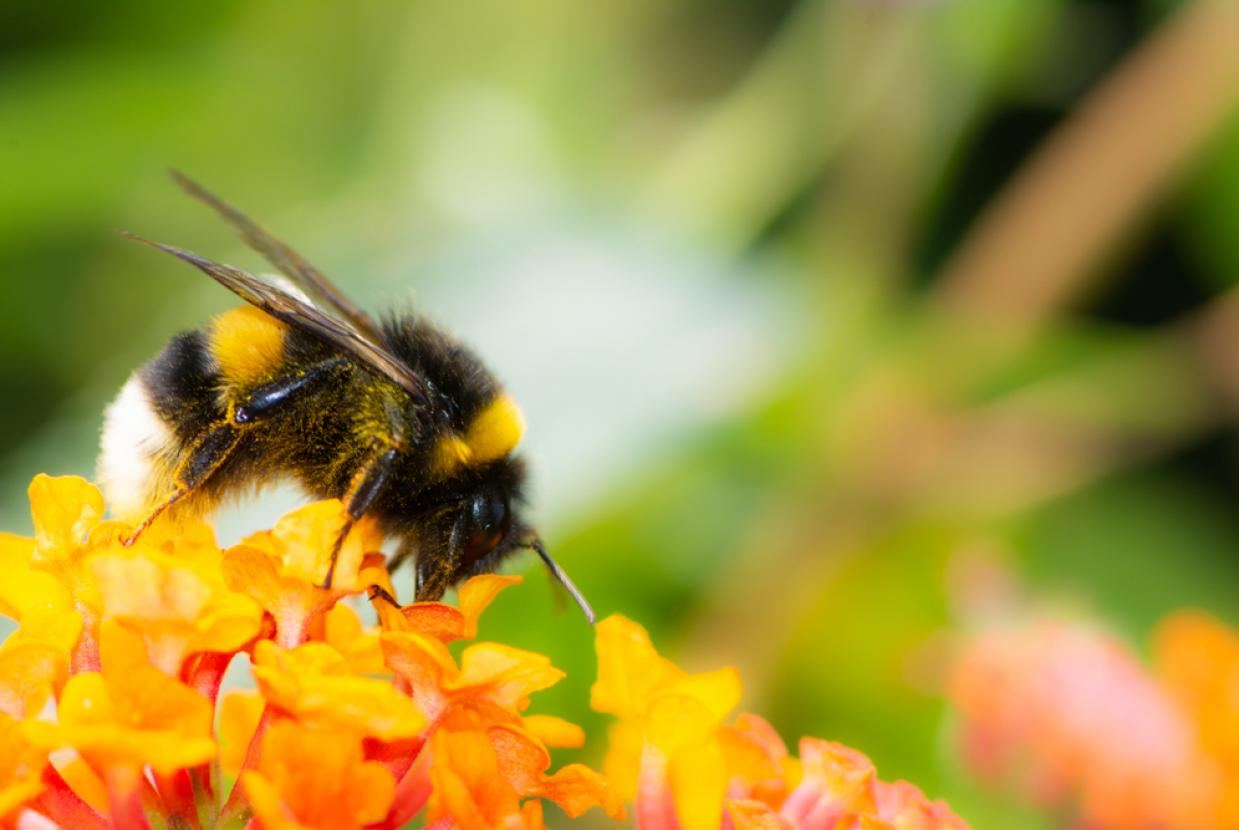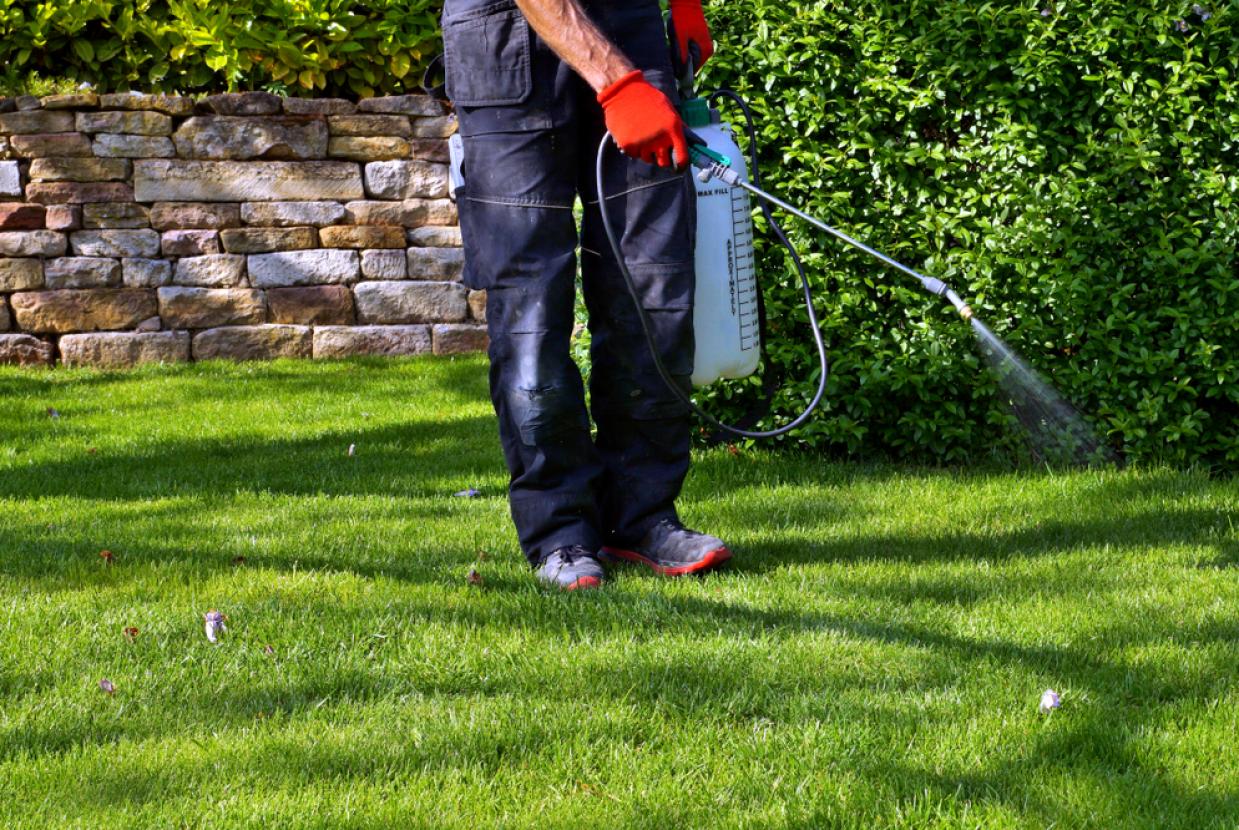Encouraging Wild Life In Your Garden
Encourage birds, mammals and insects to visit and live in your garden. This can help to look after local wildlife, keep valuable green spaces thriving and control garden pests by encouraging natural predators. From large gardens to window boxes, all homes can be made more wildlife friendly.
Creating wildlife shelters
Creating spaces to live and nest in is one way of making animals feel at home in your garden. Here are some simple ideas that can help. You can:
- leave rotting logs in a corner of your garden can make a home for hedgehogs and insects
- drill holes in pruned branches and logs to give insects shelter and nesting space
- leave overgrown areas for animals such as hedgehogs or foxes to rest or hibernate
- use bird and bat boxes
Plant a tree
Trees offer food and shelter for many types of wildlife, from insects to birds and bats. Trees like crab apple, pussy willow and hazel will thrive, even in small gardens. You can even grow a tree in a large container if you don’t have a garden.
Native species like silver birch, hawthorn and yew support a wide range of insects. They offer year-round food for mammals and birds.
Grants may be available for tree planting, depending on whether you are planting a small wood on your land or a few trees in your community or local school. More information can be found through the Woodland Trust website.
Plant a hedge
Hedges offer food and nesting places for all sorts of animals and insects, for example:
- many birds make their nests in hedges
- hedgehogs may shelter at the bottom of a hedge
- wood mice may be found further up in the branches
Choose a mixture of native hedge species like holly, blackthorn and guelder rose to attract a wide range of insects. They will then give food for mammals and birds. You can buy hedge mixes from some garden centres or tree nurseries.
You can also grow violets, wood anemones and celandine at the base of the hedge to attract nectar-loving insects.
Create a pond
Ponds are a magnet for wildlife, attracting frogs, newts, dragonflies and other insects, as well as giving water for birds. If you haven't got much space, you could use an old sink or bath. Garden ponds help to conserve aquatic and amphibian life.
Birdfeeding
Attract birds to your garden by using feeders and tables. A bird bath can help as birds need to bathe often to keep their feathers in trim. Be sure to clean and top up the feeding areas regularly.
Plan your plants with wildlife in mind
Choose plants that flower and produce seeds or fruit at different times of the year so that insects, birds and animals can have food in all seasons. For example:
- sunflower seeds are food for birds once the flowers have died
- lavender attracts bees
- buddleia is great for butterflies and bees
- moths will come to red valerian, honeysuckle and night-flowering stock
- native ivy is one of the best wildlife plants of all, benefiting birds, mammals, butterflies, bees, hoverflies and other useful insects
Report wildlife sightings
In Northern Ireland, the Centre for Environmental Data and Recording (CEDaR) collates wildlife records for both native and non-native species.
You can record your sightings on its website either as a single record event. Or you can register with them and give details through a free online account.
Only use pesticides as a last resort
Pesticides can kill or discourage the wildlife you want to attract to your garden, including the predators that eat pests. If you use them, always follow the instructions on the label and dispose of out of date or waste products carefully. Don't pour them down the drain or put them in your household waste bin. Make sure pesticides or other hazardous chemicals from paints and finishes don’t get into ponds, as they can poison water life.
Your council can give you advice on disposing of pesticides that you no longer need.
- Controlling pests and weeds
- Disposal of hazardous waste and electrical items
- Local councils in Northern Ireland
Control your cat
Give birds a chance by putting several bells on your cat's collar. This should give birds warning of your pet's approach. Multiple bells are best because some cats can learn to move silently with just one bell on their collar.




















